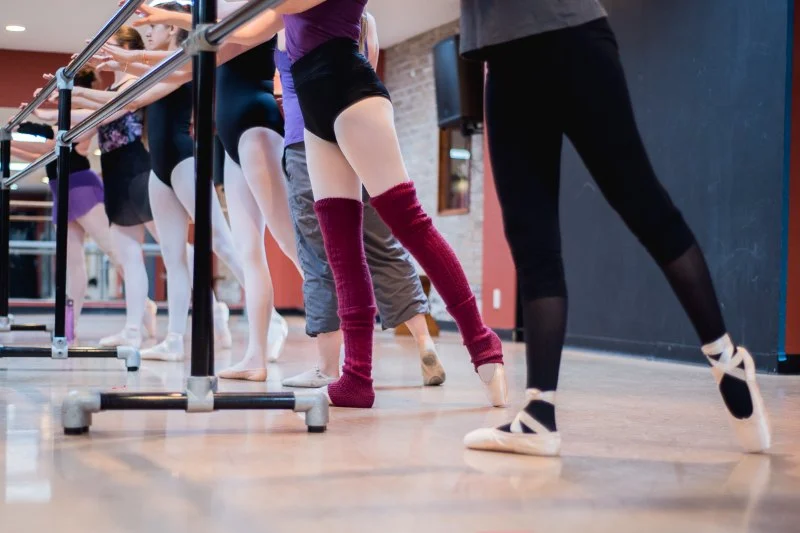
The Best Ways to Prevent Shin Splints for Dancers
Dancers are no strangers to physical challenges, and one of the most common injuries faced by them is shin splints. This condition, which causes pain along the front of the lower leg, can affect performance and lead to long-term issues if not managed properly. In this article, we will discuss the best ways to prevent shin splints for dancers and ensure that you can continue to move with ease.
- 1. Understanding Shin Splints
- 2. Proper Warm-Up and Cool-Down
- 3. Correct Footwear
- 4. Strengthening Exercises
- 5. Flexibility Training
- 6. Modifying Dance Routines
- 7. Rest and Recovery
1. Understanding Shin Splints
Shin splints occur when there is inflammation of the muscles, tendons, and bone tissue around the shin. This is common in dancers due to the repetitive high-impact movements such as jumping, pivoting, and landing. The pain typically presents along the front of the lower leg, and in severe cases, it can limit movement. Understanding the causes of shin splints, including poor biomechanics and overuse, is key to preventing them.
2. Proper Warm-Up and Cool-Down
A proper warm-up and cool-down routine is essential for injury prevention. A warm-up increases blood flow to the muscles, improves flexibility, and prepares the body for the demands of dance. Similarly, cooling down helps to relax the muscles and reduce the chances of muscle stiffness or injury. Dynamic stretches before class and static stretches after can help prevent the buildup of tension in the lower legs.

Inwood Performing Arts Co / inwood performing arts
InwoodBerkeley CountyWest Virginia
2297 Henshaw Rd, Inwood, WV 25428, USA
3. Correct Footwear
Wearing the right shoes for dancing is crucial. Proper footwear provides support and cushioning, which can help absorb shock during high-impact movements. Shoes with adequate arch support, a flexible sole, and proper fit are essential for dancers. For styles like ballet or contemporary, consider investing in specialty shoes designed for your needs. Avoid wearing worn-out shoes as they no longer provide the support you need to prevent injury.
4. Strengthening Exercises
Weak muscles around the lower leg, including the calves and ankles, can contribute to shin splints. Strengthening exercises, such as toe raises, calf raises, and resistance band exercises, can help improve muscle strength and endurance. Focus on building a balanced lower body workout routine to ensure that muscles are properly developed to support the demands of dancing.
5. Flexibility Training
Flexibility is vital for dancers to perform movements with ease and avoid strain on the muscles and tendons. Regular flexibility training, particularly for the calves and hamstrings, can prevent the muscles from becoming tight, which increases the risk of shin splints. Incorporate stretching routines into your daily practice, paying particular attention to the muscles in your lower legs, to improve flexibility and prevent injury.
6. Modifying Dance Routines
While it's important to challenge your body, it's equally important to listen to it. If you're experiencing pain or discomfort in your shins, it might be time to modify your dance routines. Incorporating low-impact exercises or modifying the way you land can reduce the strain on your lower legs. Make adjustments to your routine to avoid putting too much pressure on the muscles and tendons surrounding your shins.
7. Rest and Recovery
Rest and recovery are essential components of injury prevention. Overworking your body without adequate rest can lead to muscle fatigue and the development of shin splints. Ensure you take rest days to allow your body to heal and recover, especially after intense or repetitive practice. Consider incorporating recovery techniques such as massage, foam rolling, and ice baths to alleviate any discomfort and speed up recovery.
If you're looking for expert dance training and guidance on preventing injuries, check out Creative Edge Dance Studio, where experienced instructors provide support and personalized attention to dancers of all levels.
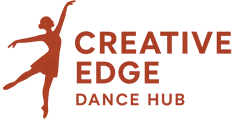

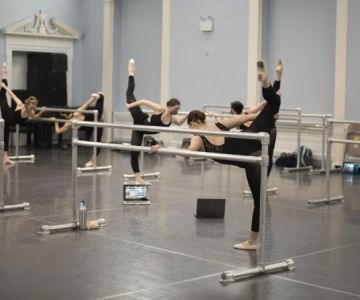
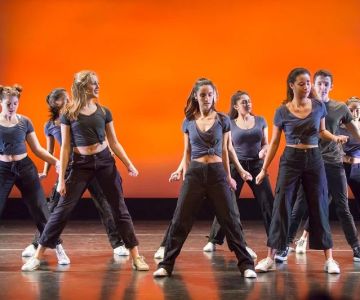
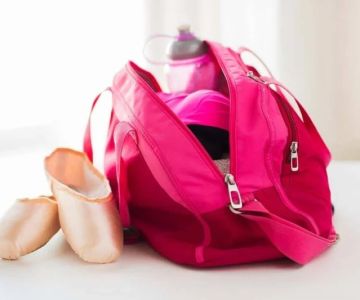
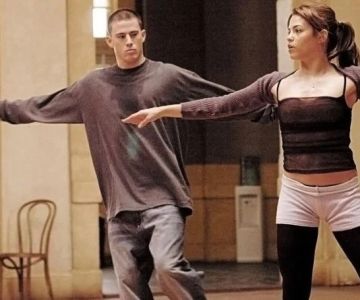
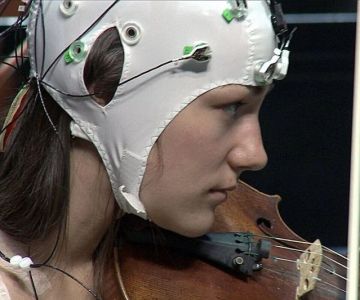
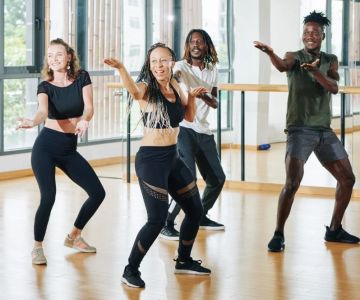
 Nritya Natya Academy (NNA) Kathak Gandharva Kathak Institute0.0 (0 reviews)
Nritya Natya Academy (NNA) Kathak Gandharva Kathak Institute0.0 (0 reviews) Anita's Dance Studio5.0 (10 reviews)
Anita's Dance Studio5.0 (10 reviews)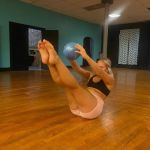 The Dance Loft5.0 (2 reviews)
The Dance Loft5.0 (2 reviews) Texas Elks Lodge4.0 (60 reviews)
Texas Elks Lodge4.0 (60 reviews) Carolina Dance Academy4.0 (5 reviews)
Carolina Dance Academy4.0 (5 reviews) Joy of Motion Dance Center4.0 (27 reviews)
Joy of Motion Dance Center4.0 (27 reviews) The Best Apps for Finding Local Dance Events and Socials
The Best Apps for Finding Local Dance Events and Socials Dance Classes for Seniors: Benefits and What to Look For
Dance Classes for Seniors: Benefits and What to Look For What is Krump? Clowning and Expressionistic Movement Explained
What is Krump? Clowning and Expressionistic Movement Explained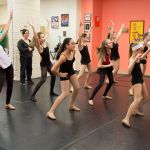 7 Mistakes I Made in My First Jazz Dance Class (and How to Fix Them)
7 Mistakes I Made in My First Jazz Dance Class (and How to Fix Them)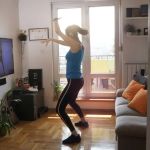 How to Create a Dance-Inspired Workout Routine at Home
How to Create a Dance-Inspired Workout Routine at Home My Story of Being a Backstage Dancer for a Concert — What I Learned
My Story of Being a Backstage Dancer for a Concert — What I Learned